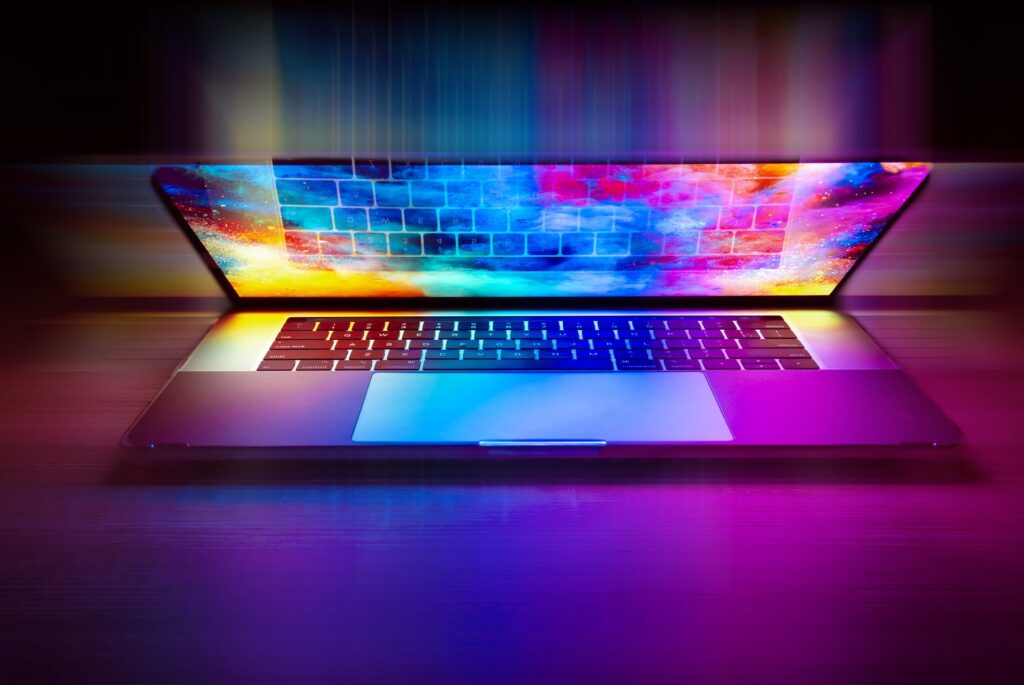In the realm of artificial intelligence (AI), few technologies have seen as rapid and impactful a transformation as computer vision. Initially confined to basic image recognition, computer vision has evolved into a sophisticated technology that enables machines to interpret and understand the visual world. Today, it powers everything from security surveillance systems to automation in industries like healthcare, retail, and manufacturing.
Computer vision, which is a subset of AI, involves teaching machines to “see” by processing and interpreting digital images and videos. The evolution from basic image recognition to advanced automation and real-time analytics has opened up new possibilities for improving efficiency, accuracy, and safety in various industries. This article will explore the development of computer vision, from its early days in image recognition to its current applications in business intelligence, healthcare, and security, and examine how it is transforming the future of automation.
Introduction to Computer Vision and Image Recognition
Computer vision refers to the field of AI that trains machines to understand and interpret visual data from the world. By mimicking the way human vision works, computer vision allows machines to recognize objects, analyze images, and even make decisions based on visual information. The foundation of computer vision lies in image recognition, a process where AI systems are trained to identify objects, faces, or patterns within an image.
Early image recognition systems relied on pattern-matching algorithms and simple pixel analysis to recognize images. However, these methods had significant limitations in accuracy and scalability. As AI technologies like machine learning advanced, the ability of computer vision systems to understand complex visual data improved dramatically. Machine learning models, powered by vast amounts of big data, helped these systems learn from examples and become better at identifying specific features in images.
Today, computer vision applications go far beyond static image recognition. With the incorporation of deep learning techniques, AI systems can now perform real-time video analysis, object tracking, and even facial recognition. This evolution from basic image recognition to advanced computer vision is the driving force behind a host of innovations in industries such as healthcare, retail, security, and manufacturing.
How AI Enhances Image Recognition Accuracy
The leap in accuracy and capability in computer vision can largely be attributed to advancements in AI and machine learning. By leveraging artificial intelligence, computer vision systems can now process massive datasets with high efficiency and precision. Machine learning algorithms analyze visual data at a granular level, identifying patterns and making inferences that improve the system’s performance over time.
One of the key technologies propelling computer vision is deep learning, which uses neural networks to simulate the human brain’s ability to recognize and categorize images. These neural networks are trained on large datasets that consist of thousands or even millions of labeled images. Over time, the AI learns to differentiate between different objects with increasing accuracy, enabling the system to recognize objects in new or changing environments.
Another crucial factor that enhances the accuracy of computer vision is the availability of big data. As more visual data is collected and fed into AI systems, computer vision models become more reliable and accurate. Additionally, AI detection mechanisms help systems filter out irrelevant or misleading data, further improving their recognition capabilities.
For instance, facial recognition systems, which are an application of computer vision, can now achieve extremely high accuracy rates thanks to AI advancements. These systems are trained on millions of facial images, enabling them to recognize individuals even in challenging conditions such as low lighting, partial occlusion, or changes in facial appearance. This high level of accuracy has made facial recognition a preferred method for user authentication and security purposes.
Use Cases in Healthcare, Retail, and Security
Computer vision technology has found applications in a wide range of industries, from healthcare to retail to security, where it enhances operations, improves accuracy, and provides real-time insights. Below are some of the key use cases of computer vision across different sectors:
1. Healthcare
In healthcare, computer vision has become an indispensable tool for diagnosis, treatment, and patient care. AI-powered systems can analyze medical images such as X-rays, MRIs, and CT scans with remarkable precision, helping doctors detect diseases like cancer, tumors, or fractures at an early stage. By automating the analysis of these medical images, computer vision reduces the risk of human error and allows healthcare providers to deliver faster, more accurate diagnoses.
One of the key innovations in healthcare driven by computer vision is the development of AI chatbots and diagnostic tools that assist doctors in analyzing patient data. These systems can interpret visual data from scans and provide insights that help doctors make more informed decisions. For example, a computer vision system might flag areas of concern in a radiology image, allowing the doctor to focus on specific parts of the scan for further investigation.
2. Retail
In the retail sector, computer vision is revolutionizing both customer experience and backend operations. Retailers are using AI-powered image recognition to track inventory levels, monitor shopper behavior, and even prevent theft. Computer vision systems can analyze video feeds from security cameras in real-time, detecting suspicious activity and alerting store personnel before a potential incident occurs.
Moreover, AI chatbots combined with computer vision are being deployed to create personalized shopping experiences. For example, when a customer enters a store, facial recognition systems can identify the individual and offer tailored recommendations based on their shopping history. In addition, AI chatbots can assist customers in finding products or checking stock availability by interpreting visual data from the store’s inventory system.
3. Security and Surveillance
Computer vision plays a critical role in modern security and surveillance systems. From monitoring public spaces to controlling access to secure areas, computer vision enhances security by providing real-time detection and analysis. One of the most common applications is in facial recognition, where AI systems identify individuals and verify their identity for access control, such as in airports, government buildings, or office environments.
In addition to facial recognition, computer vision systems are used in risk management by analyzing video footage to detect unusual patterns of behavior. For instance, AI detection algorithms can identify unauthorized entry attempts, track individuals in restricted areas, or spot objects left unattended, thereby preventing potential security threats.
Computer Vision’s Role in Automating Processes
One of the most significant advancements in computer vision is its ability to automate various processes across industries. Automation driven by AI and computer vision reduces the need for human intervention in routine tasks, improving efficiency and accuracy while lowering operational costs.
1. Manufacturing Automation
In manufacturing, computer vision is used to automate quality control processes. AI-powered cameras and sensors inspect products on the production line, detecting defects, ensuring accuracy, and reducing the likelihood of faulty products reaching the market. This level of automation not only speeds up production but also improves product quality and reduces waste.
2. Retail Checkout Automation
Another area where computer vision is driving automation is in retail. Self-checkout systems powered by AI can automatically recognize items as they are placed in the checkout area, eliminating the need for barcodes or manual scanning. Computer vision systems analyze the visual data, ensuring that the correct item is being purchased and charged.
3. Healthcare Workflow Automation
In healthcare, computer vision is being used to automate processes like patient monitoring and surgical assistance. AI-powered cameras can track patient movements, ensuring that they are receiving the correct treatment, and even alerting healthcare professionals if a patient shows signs of distress. In operating rooms, computer vision systems assist surgeons by providing real-time data during procedures, reducing the risk of human error.
Emerging Trends in Computer Vision Technology
The future of computer vision is marked by rapid advancements that promise to further revolutionize industries and drive automation to new heights. Here are some emerging trends in computer vision technology:
1. Edge AI and IoT Data Integration
One of the most exciting developments is the integration of computer vision with IoT devices and edge AI. By processing visual data directly on devices such as cameras or sensors, edge AI reduces the need for constant data transmission to cloud servers. This enables real-time analytics and decision-making, particularly in industries that require low-latency responses, such as autonomous vehicles, security, or smart factories.
2. Augmented Reality and Virtual Reality
Computer vision is playing a key role in the development of augmented reality (AR) and virtual reality (VR) technologies. By mapping real-world environments and objects, AI systems can create immersive virtual experiences for users. This is especially valuable in industries like retail, where AR can be used for virtual try-ons, or in healthcare, where VR is used for medical training simulations.
3. AI Chat Integration with Computer Vision
The integration of AI chat systems with computer vision is another trend gaining momentum. AI chatbots equipped with computer vision capabilities can analyze visual data in real-time to provide users with immediate feedback or assistance. For instance, a customer can take a photo of a product and ask the AI chatbot for information about pricing, availability, or similar products.
Conclusion
The evolution of computer vision, from basic image recognition to sophisticated automation applications, has transformed how industries operate and interact with visual data. Powered by AI and machine learning, computer vision is making significant strides in sectors such as healthcare, retail, and security, where its ability to automate tasks and provide real-time insights is invaluable.As computer vision technology continues to advance, emerging trends such as IoT integration, edge AI, and the combination of AI chatbots with computer vision will further expand its capabilities, making it an indispensable tool for businesses worldwide. The future of computer vision is not only about enhancing visual understanding but also about automating entire processes, making industries smarter, more efficient, and more connected than ever before.













